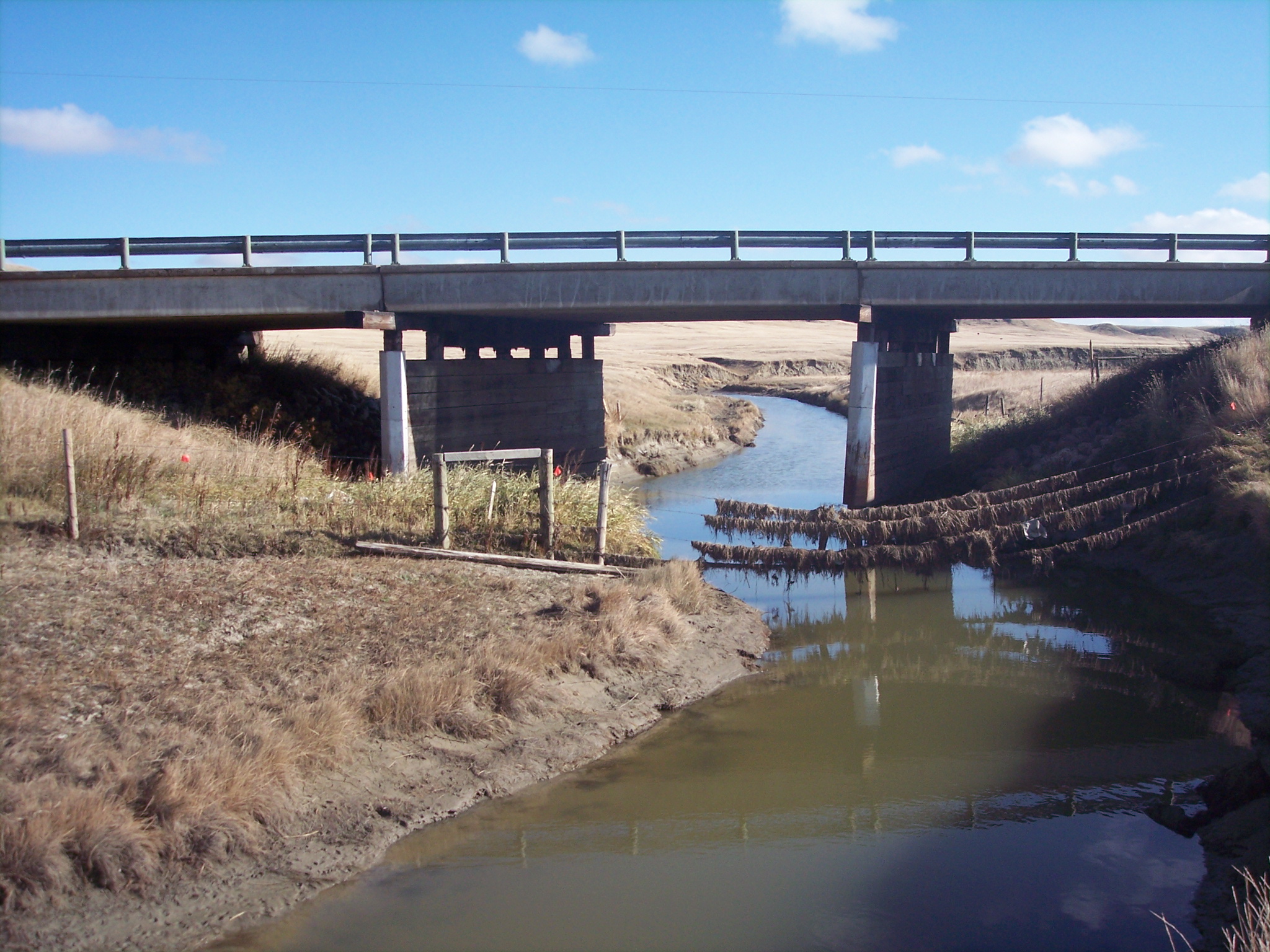Last week we were pleased to learn that Bow Valley Bridge Services of Cochrane, AB was successful in its proposal for the provision of level 2 bridge inspections and assessments for the Central Region of Alberta Transportation, a 3 year contract. Roseke Engineering was retained by Bow Valley to perform the assessments. The unsuccessful proponents were Stantec and WSP.
Bridge assessments are planning documents that are used for the prioritization and budgeting of bridge projects. Once a routine inspection identifies a bridge structure as deficient in some way, an assessment is initiated which performs the following tasks:
- Identifies the options available to the owner.
- Provides estimates for each option.
- Determine the life span of each option.
- Performs a Net Present Value analysis so that all options can be compared on a full life cycle basis rather than simply today’s construction value.
- Recommends an option.
- Identifies the issues involved with a construction project, such as traffic accommodation, land ownership, or environmental permitting.
Doing nothing is often a perfectly viable option, as the purpose of the bridge inspection that triggered the assessment is to identify deficient components, not give estimates of life span.
Our bridge assessments provide a comparison table which includes:
- What each option is. For example, a 3 span, 10 m – 12 m – 10 m precast concrete bridge.
- The relevant service level metrics. For a culvert, this is usually the freeboard, end velocities, and head loss. For a bridge, this is usually the freeboard and road surface parameters (although these are often the same for all options).
- Construction cost in today’s dollars.
- Life cycle cost. We usually use a 50 year net present value because it’s more intuitive, but a 75 year value would also work well for a bridge project because it equals the design life specified by the Canadian Highway Bridge Design Code.

Speak Your Mind